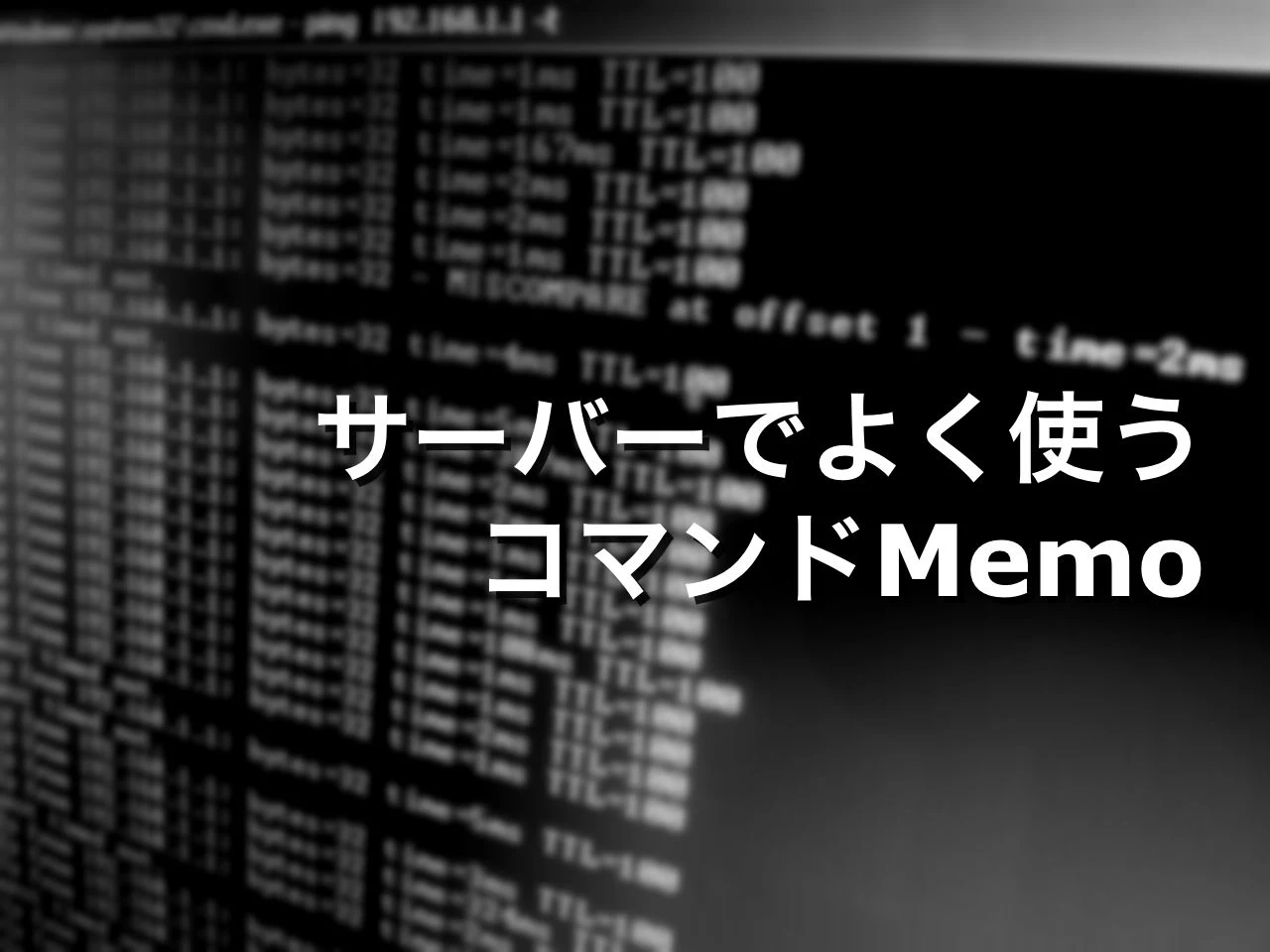
Summery
ユーザーアカウントを削除。Construction
$ userdel [option] [user-name]
Option
-r : ホームディレクトリも削除する
Sample
# ユーザーアカウントを追加(centosの場合はwww-dataではなく、apache)
$ sudo userdel -r hoge
Discription
NAME
userdel - delete a user account and related files
SYNOPSIS
userdel [options] LOGIN
DESCRIPTION
The userdel command modifies the system account files, deleting all entries that
refer to the user name LOGIN. The named user must exist.
OPTIONS
The options which apply to the userdel command are:
-f, --force
This option forces the removal of the user account, even if the user is still
logged in. It also forces userdel to remove the user´s home directory and mail
spool, even if another user uses the same home directory or if the mail spool
is not owned by the specified user. If USERGROUPS_ENAB is defined to yes in
/etc/login.defs and if a group exists with the same name as the deleted user,
then this group will be removed, even if it is still the primary group of
another user.
Note: This option is dangerous and may leave your system in an inconsistent
state.
-h, --help
Display help message and exit.
-r, --remove
Files in the user´s home directory will be removed along with the home
directory itself and the user´s mail spool. Files located in other file systems
will have to be searched for and deleted manually.
The mail spool is defined by the MAIL_DIR variable in the login.defs file.
-Z, --selinux-user
Remove SELinux user assigned to the user´s login from SELinux login mapping.
CONFIGURATION
The following configuration variables in /etc/login.defs change the behavior of
this tool:
MAIL_DIR (string)
The mail spool directory. This is needed to manipulate the mailbox when its
corresponding user account is modified or deleted. If not specified, a
compile-time default is used.
MAIL_FILE (string)
Defines the location of the users mail spool files relatively to their home
directory.
The MAIL_DIR and MAIL_FILE variables are used by useradd, usermod, and userdel to
create, move, or delete the user´s mail spool.
If MAIL_CHECK_ENAB is set to yes, they are also used to define the MAIL environment
variable.
MAX_MEMBERS_PER_GROUP (number)
Maximum members per group entry. When the maximum is reached, a new group entry
(line) is started in /etc/group (with the same name, same password, and same
GID).
The default value is 0, meaning that there are no limits in the number of
members in a group.
This feature (split group) permits to limit the length of lines in the group
file. This is useful to make sure that lines for NIS groups are not larger than
1024 characters.
If you need to enforce such limit, you can use 25.
Note: split groups may not be supported by all tools (even in the Shadow
toolsuite). You should not use this variable unless you really need it.
USERDEL_CMD (string)
If defined, this command is run when removing a user. It should remove any
at/cron/print jobs etc. owned by the user to be removed (passed as the first
argument).
The return code of the script is not taken into account.
Here is an example script, which removes the user´s cron, at and print jobs:
#! /bin/sh
# Check for the required argument.
if [ $# != 1 ]; then
echo "Usage: $0 username"
exit 1
fi
# Remove cron jobs.
crontab -r -u $1
# Remove at jobs.
# Note that it will remove any jobs owned by the same UID,
# even if it was shared by a different username.
AT_SPOOL_DIR=/var/spool/cron/atjobs
find $AT_SPOOL_DIR -name "[^.]*" -type f -user $1 -delete \;
# Remove print jobs.
lprm $1
# All done.
exit 0
USERGROUPS_ENAB (boolean)
Enable setting of the umask group bits to be the same as owner bits (examples:
022 -> 002, 077 -> 007) for non-root users, if the uid is the same as gid, and
username is the same as the primary group name.
If set to yes, userdel will remove the user´s group if it contains no more
members, and useradd will create by default a group with the name of the user.
FILES
/etc/group
Group account information.
/etc/login.defs
Shadow password suite configuration.
/etc/passwd
User account information.
/etc/shadow
Secure user account information.
EXIT VALUES
The userdel command exits with the following values:
0
success
1
can´t update password file
2
invalid command syntax
6
specified user doesn´t exist
8
user currently logged in
10
can´t update group file
12
can´t remove home directory
CAVEATS
userdel will not allow you to remove an account if there are running processes
which belong to this account. In that case, you may have to kill those processes or
lock the user´s password or account and remove the account later. The -f option can
force the deletion of this account.
You should manually check all file systems to ensure that no files remain owned by
this user.
You may not remove any NIS attributes on a NIS client. This must be performed on
the NIS server.
If USERGROUPS_ENAB is defined to yes in /etc/login.defs, userdel will delete the
group with the same name as the user. To avoid inconsistencies in the passwd and
group databases, userdel will check that this group is not used as a primary group
for another user, and will just warn without deleting the group otherwise. The -f
option can force the deletion of this group.
SEE ALSO
chfn(1), chsh(1), passwd(1), login.defs(5), gpasswd(8), groupadd(8), groupdel(8),
groupmod(8), useradd(8), usermod(8).










0 件のコメント:
コメントを投稿